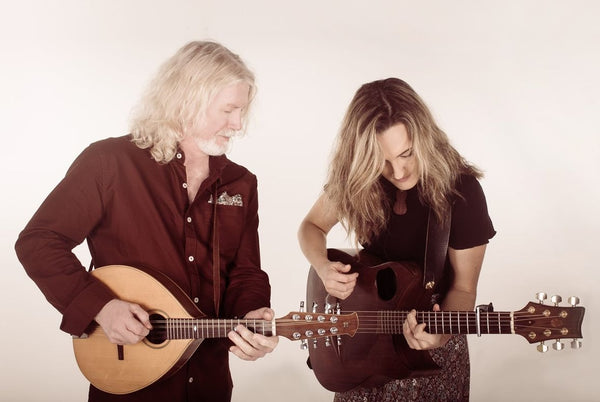Arabica VS Robusta Beans

The flavour of coffee, like wine, is affected by the soil, altitude and climate that it is grown in. Also, like wines grapes, the variety of bean used to brew coffees also contribute a lot to the flavours of your cup. Where coffee and wine differ here is that there are thousands of varieties of wine grapes and many different varieties have dedicated followings. With coffee, however, we don’t have this variation in the beans and you might be surprised to hear that there are only two types of beans that we use to produce most the worlds third most popular beverage; arabica and robusta. We are not saying these are the only varieties of coffee bean but they are the only ones used to produce coffee.
Here we’re going to lay out the differences of these two beans for you and tell you a little bit about them, so you’ll know exactly what you’re getting next time you see either of these names on a chalkboard or a bag of coffee.
Arabica
Arabica beans account for 75% of the worlds coffee and this variety contains all the greatest coffees in the world. They are quite finicky to grow compared to their Robusta cousins, requiring much higher altitudes and better climates. As a result, they are quite labour intensive to farm because of their positions on mountainsides.
These are also the photogenic coffee bean, they’re larger than their counterpart and oval in shape with a deep crease down the middle. More expensive and with less caffeine these beans are not what the hard grafting world may want from coffee, but what they lack in energy they make up for in flavour!
Arabica beans are sweeter than robusta and contain floral, fruit, chocolate and nut flavours.
Robusta
As the name suggests these beans are robust. They can be grown in what you would call “harsher”, more varied climates than Arabica beans can and are much more resistant to disease. They still need plenty of water and good soil so “harsher” isn’t really the correct term but they are much hardier than their arabica sibling and are able to grow in less favourable climates. They grow at lower altitudes, often allowing for mechanised farming methods, and they also produce more coffee cherries per plant than arabica.
Robusta beans account for 25% of world production and, whilst this may be only a third of the production volume of arabica beans, robusta is the bean that has the highest caffeine content and, as a result, they are the beans that power our offices around the world. They are also cheaper than their cousin, the arabica bean, by about 1/3 of the price!
Robusta beans are smaller and rounder than the cousin, and are often paler in colour (before roasting obviously). They have a simpler chemical makeup than their arabica cousins and thus a simpler flavour profile that is much less sweet.
So robusta is the bean you find in that cheap instant coffee that really gives you a boot up the butt, whilst arabica beans are those that are found in coffee shops like ours down her at Tumut River Roasters. Arabica beans are used by those focusing on flavour and enjoying a cup of espresso or a cappuccino or latte. Now you’ll know a little more next time you’re browsing shelves for coffee to start your morning!



